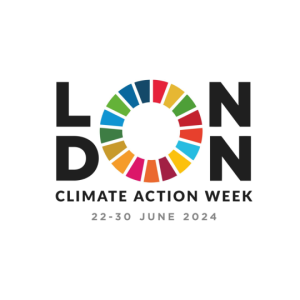Why does EIA focus on reducing emissions of climate super-pollutants?



The problem that we face, as a planet, is accelerated change and increased volatility of Earth’s climate due to human activities. The build-up of greenhouse gases, especially carbon dioxide (CO2), in our atmosphere traps in solar radiation, heating the atmosphere and disturbing delicate balances in ocean systems, weather systems and ecosystems.
Currently, the scientifically-accepted and internationally-agreed tipping point for global warming – 1.5°C above pre-industrial surface temperatures – is being significantly overshot. Based on emission reduction commitments as of last year, we are on a path to a 2.9°C average increase in global temperatures by the end of the century. At the same time, last month was the planet’s twelfth consecutive hottest month on record. The risks and potential consequences of our current path, for people, for wildlife and for Earth systems, are severe.
So why focus on superpollutants? CO2 is the most significant greenhouse gas emitted by human sources and has a long atmospheric lifespan. However, other greenhouse gases, namely methane, nitrous oxide and hydrofluorocarbons (HFCs) contribute more intensely in the short-term to the greenhouse effect. These short-lived greenhouse gases are termed “superpollutants” due to their high potency. For example:
Cutting emissions of these superpollutants therefore provides an opportunity to more efficiently reduce greenhouse gas emissions than a focus solely on carbon dioxide. In other words, it packs a larger punch. It can also help us avoid climate tipping points, thresholds in the Earth’s climate system where small changes can lead to significant and often irreversible impacts on the environment. Once these thresholds are crossed, they can trigger a domino effect, leading to drastic changes such as the rapid melting of ice sheets or the dieback of forests.
In addition to their oversized contribution to the greenhouse effect, superpollutants also have negative effects on air quality and public health, nutrient cycling in ecosystems and depletion of our protective ozone layer. Focusing on superpollutants therefore has benefits in more ways than one.
 EIA’s campaign, recognising the scale of the challenge we face, is tackling all of the major greenhouse gases at the global level, working within multiple multilateral environmental treaties, including the UNFCCC, the Montreal Protocol and the UN Environment Assembly. We are demanding regulation, commitments and enforcement across states that avoids and reduces emissions, promotes sustainable alternative technologies and ensures sustainable financing for developing countries to meet their commitments. To this end, we are focused on:
EIA’s campaign, recognising the scale of the challenge we face, is tackling all of the major greenhouse gases at the global level, working within multiple multilateral environmental treaties, including the UNFCCC, the Montreal Protocol and the UN Environment Assembly. We are demanding regulation, commitments and enforcement across states that avoids and reduces emissions, promotes sustainable alternative technologies and ensures sustainable financing for developing countries to meet their commitments. To this end, we are focused on:
If you would like to hear more about climate superpollutants and EIA’s strategies for reducing them in our atmosphere, join us for an upcoming webinar during London Climate Action Week on June 25, 2024 at 6:00pm BST.